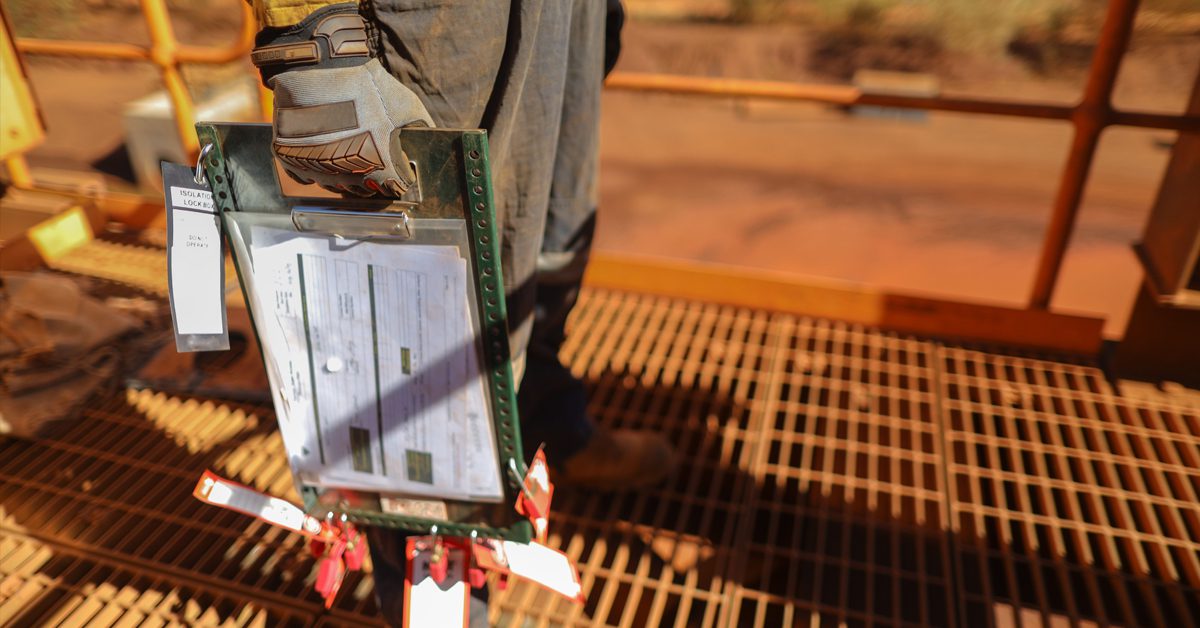
Whether you are a safety professional seeking to refine your understanding of permit management, or an industry newcomer eager to grasp the fundamentals, this guide aims to empower you with the knowledge needed to create and implement permits to work that stand the test of real-world challenges.
What types of elements should a permit to work consider?
Let’s delve into the essential elements that should typically be included in a permit to work:
Job Description: Clearly describe the nature of the work to be performed. This includes details such as the location, equipment involved, and specific tasks to be carried out.
Hazard Identification: Identifying and assessing potential hazards associated with the work intended in pivotal. This should incorporate both general and specific risks, such as electrical hazards, confined spaces, chemical exposure, etc. A thorough hazard identification process in a permit work lays the groundwork for a safe working environment.
Precautions and Controls: Once hazards are identified, it’s imperative to specify the safety precautions and control measures that need to be in place to mitigate risks. This can include personal protective equipment (PPE), isolation procedures, ventilation requirements, and more.
Authorisation: Clearly define who is authorised to carry out the work. This may involve specific individuals or teams responsible for different aspects of the job, ensuring accountability and adherence to safety protocols.
Duration and Timing: This is about setting clear parameters regarding the validity period of a permit to work and any pertinent timing considerations such as work hours or specific dates. This is fundamental for operational clarity and safety compliance.
Communication: Outline the communication procedures, including how information will be relayed to workers, supervisors, and other relevant personnel. This includes outlining the channels through which the information will be relayed, and ensuring comprehension at all levels.
Emergency Procedures: Detail the steps to be taken in case of an emergency. This should include evacuation procedures, emergency contact information, and the location of emergency equipment.
Signature and Approval: Ensure that the permit is signed by relevant personnel, including the person responsible for issuing the permit and those who will be performing the work. Signatures signify understanding, commitment and acknowledgement of responsibilities.
Handover Procedures: If the work is to be handed over between shifts or teams, the permit to work should specify the procedures for a smooth transition, including communication and safety checks.
Review and Closure: Outline the procedures for reviewing the completion of the work and closing out the permit. This may involve inspections, documentation of completed tasks, and any necessary sign-offs.
Different types of work permits for different tasks
There are different types of work permits tailored to specific hazardous tasks. These types include:
Hot Work Permit: This is for any activities that involve open flames, sparks, or high temperatures. This could be activities such as soldering, welding, or torch cutting.
Confined Space Permit: This permit is individuals working in confined spaces where there may be risks of asphyxiation, exposure to toxic substances, or other hazards.
Isolation Permit: This permit is designed for activities that require the isolation of equipment or systems to ensure safety.
Electrical Work Permit: This permit is for tasks where individuals are working with electrical systems or electrical equipment.
Excavation Permit: This is for digging, trenching, or other excavation works.
In conclusion, while the specific content and requirements of permits to work may vary across industries and jurisdictions, adherence to these key components fosters a culture of safety and compliance. By comprehensively addressing aspects mentioned above, organisations can create permits that not only meet regulatory standards but also safeguard the well-being of workers and mitigate operational risks. Organisations often develop their own templates or use industry-specific standards to create permits to work that suit their specific needs. For a comprehensive overview of what a permit to work is, read our back-to-basics blog.
AssessNET’s Permit to Work Module will empower you to create bespoke permit templates and authorisation processes. Live permit status dashboards with task management alerts with document record management.
Latest News
Riskex Limited
BizSpace
Linford Forum
18 Rockingham Drive
Milton Keynes
Buckinghamshire
MK14 6LY
What3words reference:
Contact us
Make an enquiry:
Company No. 05174302
VAT No. 844 5092 22


